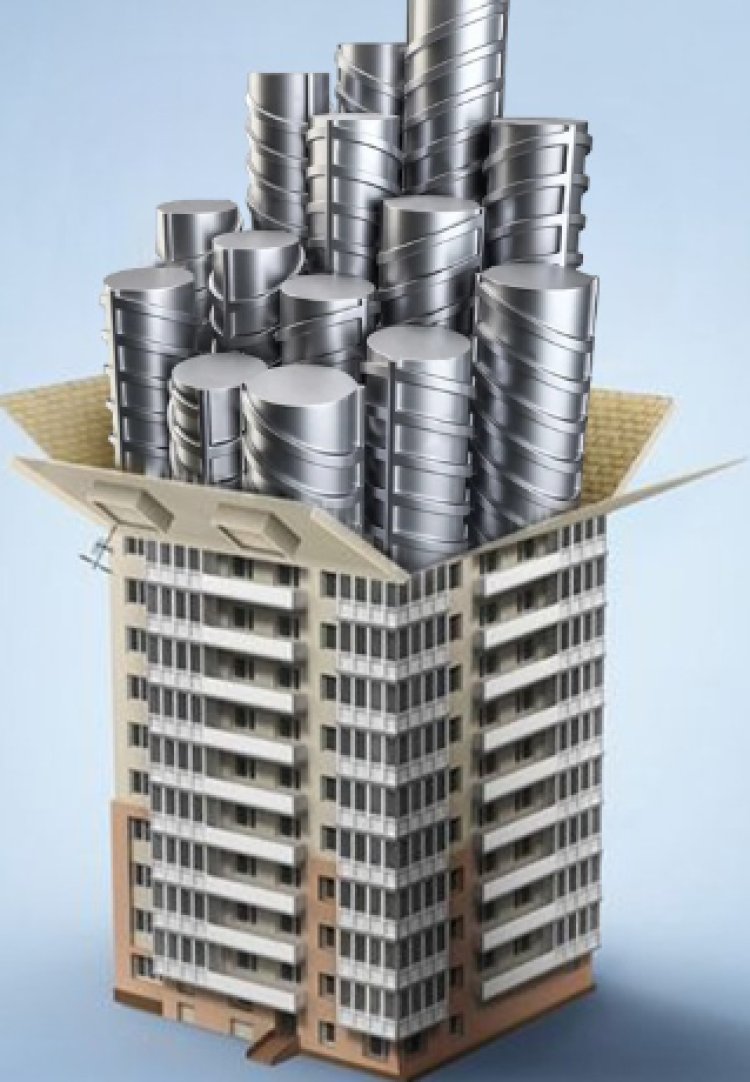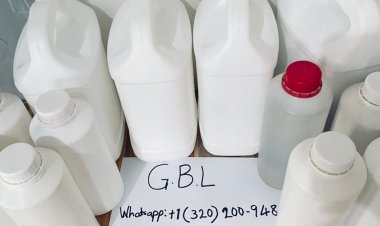Understanding the Current Pricing of TMT Bars in India
Share this Post to earn Money ( Upto ₹100 per 1000 Views )

TMT (Thermo-Mechanically Treated) bars are a cornerstone of modern construction due to their exceptional strength and durability. However, their pricing in India is influenced by a complex array of factors. Here's an in-depth look at the elements driving the TMT bar price today.
Raw Material Costs: The Foundation of Pricing
The price of TMT bars is closely tied to the cost of their primary raw materials: iron ore and coking coal. These materials experience significant price fluctuations based on global market dynamics. For example, a surge in demand from industrial giants like China, or disruptions in supply from major exporters, can cause iron ore prices to spike. Similarly, any shifts in the global availability or pricing of coking coal affect the cost of producing TMT bars. Indian producers, including prominent players like Tata Steel and JSW Steel, navigate these fluctuations through strategic procurement. Despite these efforts, global market conditions often impact domestic pricing.
Production Costs: The Impact of Manufacturing Processes
The production of TMT bars involves a thermo-mechanical treatment process, which includes advanced techniques to enhance their properties. This process, while necessary, incurs significant costs related to energy, labor, and maintenance. Variations in energy prices, such as electricity and fuel, can directly influence the production expenses. Additionally, fluctuations in labor costs and maintenance needs of production facilities add to the overall manufacturing costs. Even with advancements aimed at improving production efficiency, these core expenses play a substantial role in determining the final price of TMT bars.
Market Demand: Influences from Construction and Infrastructure
Market demand is a critical factor in TMT bar pricing. The Indian construction sector, which encompasses residential buildings, commercial developments, and large-scale infrastructure projects, drives substantial demand for these bars. Government initiatives such as the Bharatmala and Sagarmala projects boost demand significantly. When construction activities are high, competition for TMT bars increases, leading to higher prices. Conversely, during economic slowdowns or seasonal declines in construction activity, demand may wane, resulting in reduced prices. The cyclical nature of construction activities affects TMT bar pricing trends throughout the year.
Competitive Landscape: Pricing Strategies and Market Forces
The competitive environment within the steel industry adds another layer of complexity to TMT bar pricing. Major steel manufacturers like Tata Steel, JSW Steel, and SAIL each deploy their own pricing strategies to maintain market share. Competition from both domestic and international producers influences pricing decisions. To stay competitive, these companies must balance production costs with market prices. Innovations in TMT bar technology, such as improvements in strength and corrosion resistance, also impact pricing and market positioning. Companies that introduce advanced products may command higher prices, despite intense competition.
Regulatory and Policy Factors: The Influence of Government
Government policies and regulations significantly impact the pricing of TMT bars. Import and export tariffs can affect the cost structure of steel products. For instance, higher tariffs on imported steel can protect domestic manufacturers but may result in increased prices for local buyers. Changes in environmental regulations can also drive up production costs as manufacturers invest in cleaner technologies. Additionally, government subsidies or incentives for infrastructure projects can affect market dynamics and pricing trends. These policy factors, along with shifts in regulatory frameworks, play a crucial role in shaping TMT bar prices.
Logistics and Transportation: The Cost of Distribution
The cost of logistics and transportation is another essential factor in TMT bar pricing. The expenses associated with transporting steel from production facilities to construction sites vary based on fuel prices, transportation distances, and logistical efficiency. Regions with robust transportation infrastructure and proximity to steel mills generally experience lower transportation costs, leading to more competitive pricing. Conversely, higher transportation costs in remote or less accessible areas can contribute to increased prices for TMT bars. The efficiency of logistics and distribution networks plays a significant role in the overall cost of TMT bars.
Conclusion: Navigating TMT Bar Pricing in India
The pricing of TMT bars in India is shaped by a complex interplay of factors, including raw material costs, production expenses, market demand, competition, regulatory policies, and logistical considerations. Each element contributes to the final price, reflecting the broader dynamics of the steel industry. For those in need of high-quality TMT bars, understanding these factors can aid in making informed purchasing decisions.
We provide premium TMT bars from leading manufacturers like Tata Steel, JSW Steel, and Vizag Steel, with convenient home delivery. Contact us at 08062212000 or visit steeloncall.com for more information and to secure the best deals on TMT bars.
#TMTBars #TMTBarPrices #SteelIndustry #ConstructionMaterials #RawMaterials #SteelManufacturing #SteelonCall #BestTMTBars

 MSD07
MSD07 














